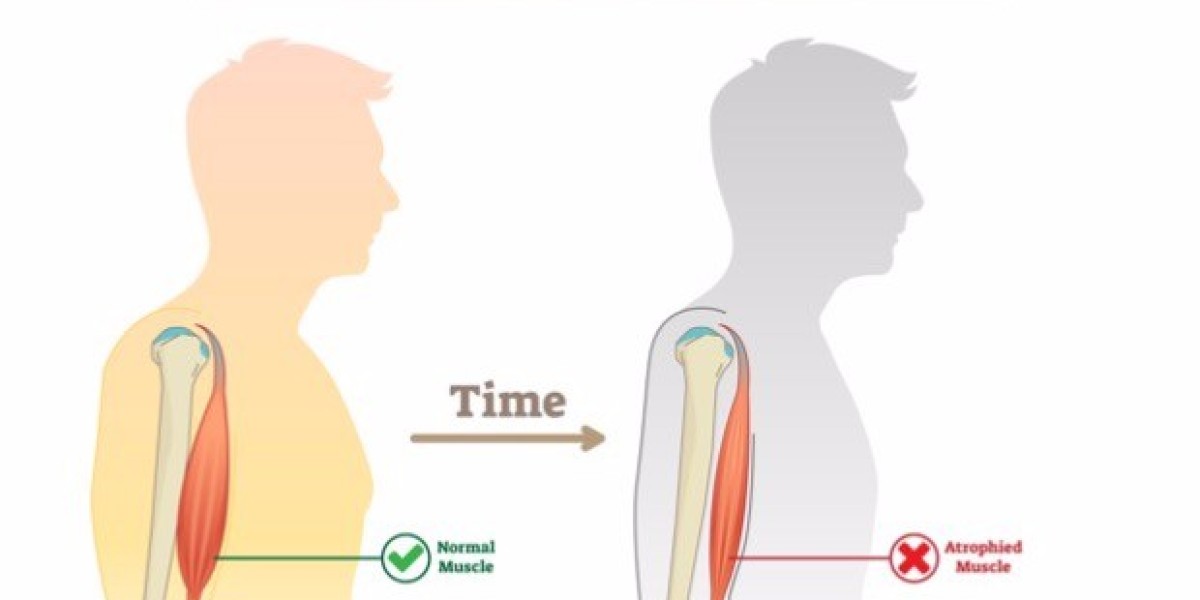Duchenne Muscular Dystrophy (DMD) Disease Overview:
Duchenne Muscular Dystrophy (DMD) is a rare and devastating genetic disorder characterized by progressive muscle degeneration and weakness. This X-linked recessive condition primarily affects males, with an incidence of approximately 1 in 3,500 live male births. This article delves into the various aspects of DMD, from diagnostic analysis to emerging therapies, aiming to provide a comprehensive understanding of the disease and its current landscape.
The Market Competitors Listed Below are Revolutionizing Healthcare with Innovative Diagnostic Inventions:
Diagnostic Market Players-
- GE Healthcare
- Siemens Healthineers
- PerkinElmer
- Philips Healthcare
- Baylor Genetics
Treatment Market Players-
- Pfizer
- Merck & Co., Inc.
- Sanofi
- GlaxoSmithKline (GSK)
- Teva Pharmaceutical Industries Ltd.
- Mylan N.V.
Diagnostic Analysis:
Diagnosing Duchenne Muscular Dystrophy involves a combination of clinical evaluations, genetic testing, and muscle biopsies. Typically, the first signs of DMD become apparent between the ages of 2 and 3, with delayed motor milestones and difficulty in climbing stairs. Elevated serum creatine kinase (CK) levels often trigger further investigation. Genetic testing, such as DNA analysis, helps identify mutations in the dystrophin gene, which is responsible for encoding a crucial muscle protein. Muscle biopsies may also be conducted to assess dystrophin levels and confirm the diagnosis.
Treatment Analysis:
Historically, managing DMD has focused on supportive care to alleviate symptoms and enhance quality of life. Physical therapy, orthopedic interventions, and respiratory support are common components of the treatment plan. The use of corticosteroids, such as prednisone and deflazacort, has been a standard practice to slow down muscle degeneration and maintain function. Additionally, cardiac medications may be prescribed to manage heart complications that often accompany DMD.
Emerging Therapies in Development:
The past decade has witnessed a surge in research and development aimed at finding innovative therapies for DMD. One promising approach involves gene therapies that aim to either repair or replace the faulty dystrophin gene. CRISPR-Cas9 technology, for instance, holds potential for precise gene editing. Another avenue of exploration is exon skipping, a strategy that targets specific genetic mutations to restore the reading frame of the dystrophin gene. Additionally, investigational drugs targeting muscle regeneration and inflammation are undergoing clinical trials.
Browse More Information:
https://www.diseaselandscape.com/genetic/duchenne-muscular-dystrophy-market-entry-Insights
Clinical Trial Assessment:
Several clinical trials are underway to evaluate the safety and efficacy of emerging therapies for DMD. These trials range from early-phase studies assessing novel gene therapies to late-phase trials evaluating the long-term effects of potential treatments. Rigorous assessment of these therapies includes monitoring motor function, muscle strength, and overall quality of life. As these trials progress, researchers aim to gather valuable data that will contribute to the refinement of treatment strategies for DMD.
Conclusion:
Duchenne Muscular Dystrophy remains a complex and challenging condition, but advancements in diagnostic techniques and therapeutic interventions offer hope for improved outcomes. The combination of traditional approaches, such as corticosteroids and supportive care, with cutting-edge gene therapies represents a multifaceted strategy in the fight against DMD. As clinical trials progress and new therapies emerge, the landscape of DMD treatment continues to evolve, bringing us closer to a future where those affected by this devastating disease may experience a brighter prognosis. Continued research, collaboration, and public awareness are crucial in the journey toward effective treatments and, ultimately, a cure for Duchenne Muscular Dystrophy.
Browse through more Genetic Diseases Insights LLP Research Reports.
Related Reports:
Solid Tumor Diseases: A Comprehensive Guide to Detection and Therapeutic Strategies
Demodex Blepharitis: Diagnosis, Treatment, and Prevention
Hemophilia Disease Explained: Causes, Symptoms, and Treatment Options
Spinal Muscular Atrophy (SMA) Disease Chronicles: Navigating Life with Spinal Muscular AtrophyTop of Form



